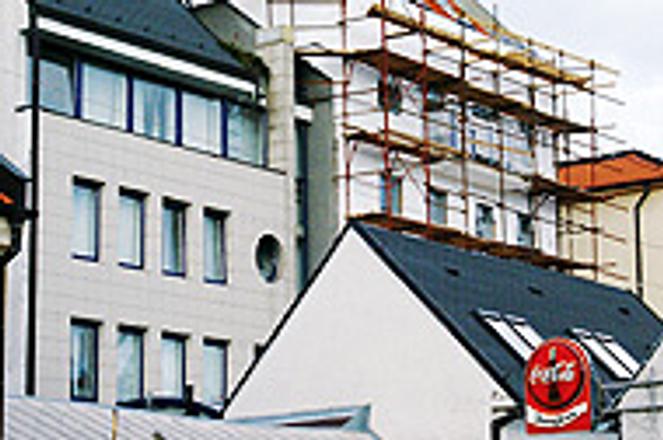NEW apartments will probably not attract many foreigners, but are they attracting Slovaks?photo: Martin Janoško
AT THE BEGINNING of 2003, real estate prices were climbing almost every month. In response, people panicked and rushed to grab the mortgage loans that banks had begun to offer under favourable conditions. People feared that if they did not purchase a place to live right away, they would not be able to afford doing so tomorrow.
Increasing demand pumped up real estate prices even further. Meanwhile, the news that real estate in Slovakia cost less than in the rest of Europe fed expectations of price increases after the country's EU entry.
People did not pay much attention to analysts who claimed that the EU would bring price hikes only gradually and in response to local incomes.
People did not realise that it was not the EU but demand that mattered. Increased demand caused discrepancies on the market. The price of an apartment or any piece of real estate should depend on its age, because the older the building is, the more money you need for reconstructions. But in 2003 demand much exceeed availability, lifting the prices of old apartments to the level of new ones.
However, in 2004 the market became saturated. In the first months of this year, real estate prices in bigger Slovak cities stagnated. Analysts say that this development was predictable. Everyone who wanted to buy an apartment had done so in 2003, and during that year the prices got so high that people were no longer willing to pay them. Now buyers are waiting.
Paradoxically, prices right after EU accession are expected to stagnate or even decrease. The market has shown that we should analyse every factor, in this case the EU, from the point of view of supply and demand and how it will impact these two categories.
EU entry alone will not cause demand to grow. Slovakia, a country with one of the highest rates of unemployment and one of the lowest standards of living in the EU, is not likely to attract people from abroad to buy out Slovak real estate in forthcoming years.
The Slovak real estate market was and, in the near future, will mainly be influenced by domestic purchasing power. This can differ between regions according to their average incomes, work opportunities, and social environment. Mortgage loans, state subsidies in mortgage interest rates, and other tools of the state or commercial sphere that impact people's income will also control the market.


